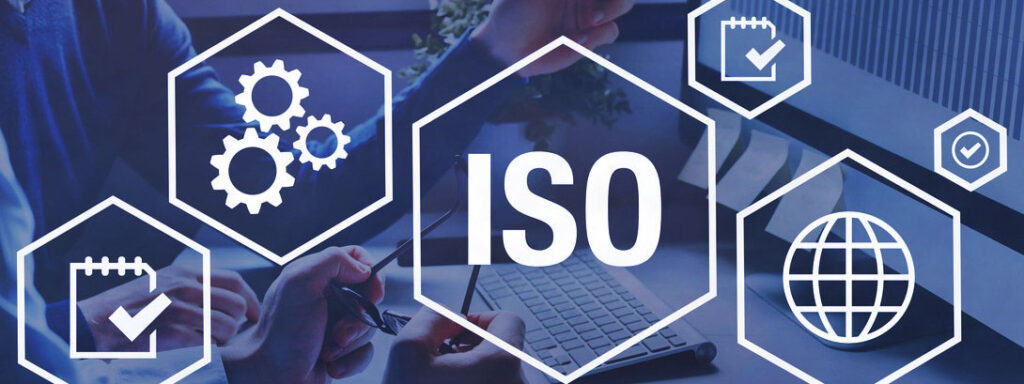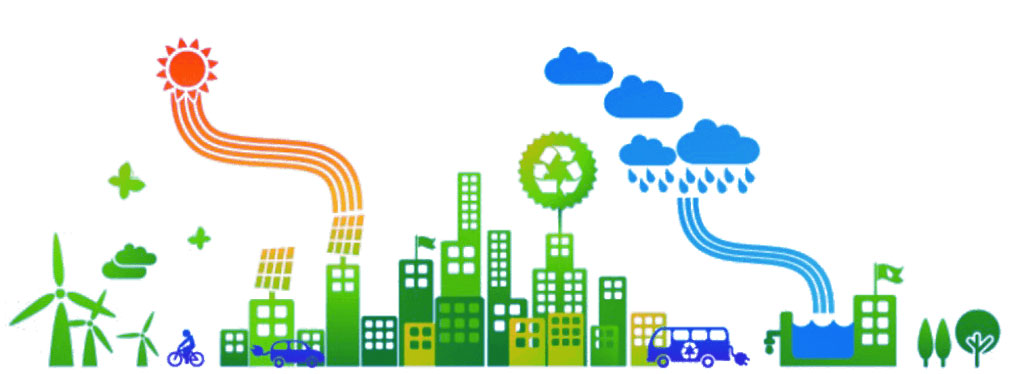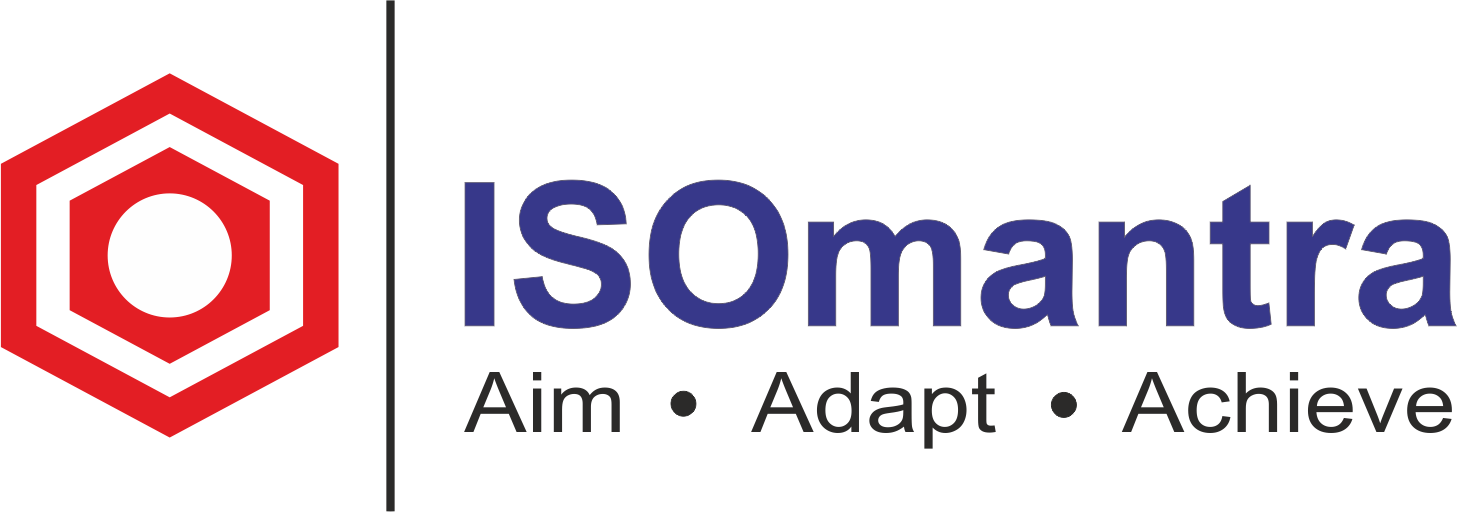
How does a company get started with ISO 26000?
To get started, the standard suggests a 5-point checklist:
- Conduct a rapid assessment of your organisation in the seven basic areas described above: what is your function in society, what affects you have, and what value you create?
- Create a map of stakeholder expectations on which your organization has an impact.
- Create a gap analysis, and identify solutions that can or should be implemented immediately.
- Establish objectives and goals, then develop a timetable for reaching them.
- Integrate social responsibility into your organization, especially with senior management buy-in.
How is ISO 26000 organized?
ISO 26000 addresses seven key topics:
- Organisational governance
- Human rights
- Labour practices
- The environment
- Fair operating practices
- Consumer issues
- Community involvement
ISO 26000 is not a management system standard; it lacks requirements and hence cannot be used for certification. Instead, it is incredibly useful for advice and recommendations.

What exactly is ISO 26000?
ISO 26000 provides social responsibility recommendations for organizations of all sizes and types. Social responsibility is a broad umbrella term that encompasses an organization’s impact on society and the environment, and it is therefore critical for every organization to invest appropriately. Social responsibility also provides benefits in terms of competitive advantage, reputation, attracting members and clients, investor and sponsor perception, and partnerships with the government, the media, supply chains, and others.
ISO 26000 provides practical guidance in the form of over 450 recommendations on sustainable development, ranging from understanding your impact on society and identifying and respecting stakeholder expectations to prioritising significant issues, complying with relevant laws, and integrating responsible behavior throughout your organization and supply chains.

